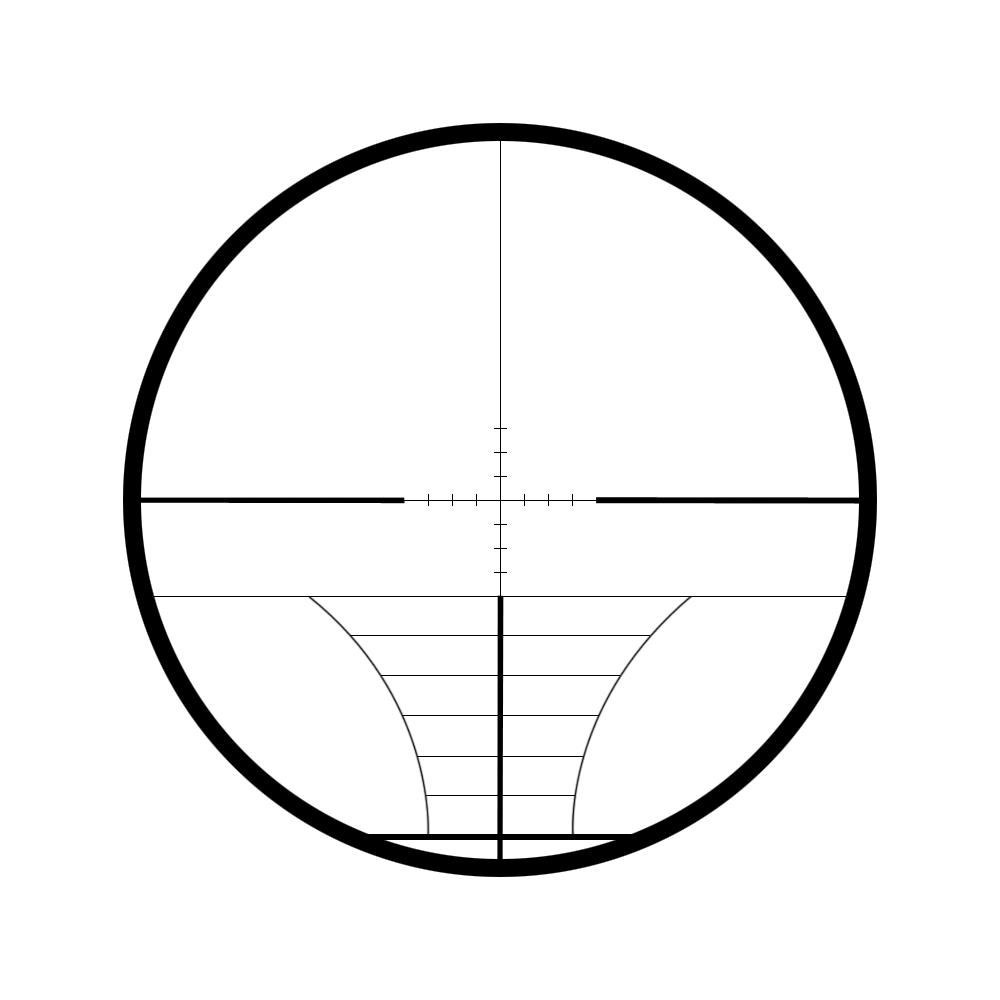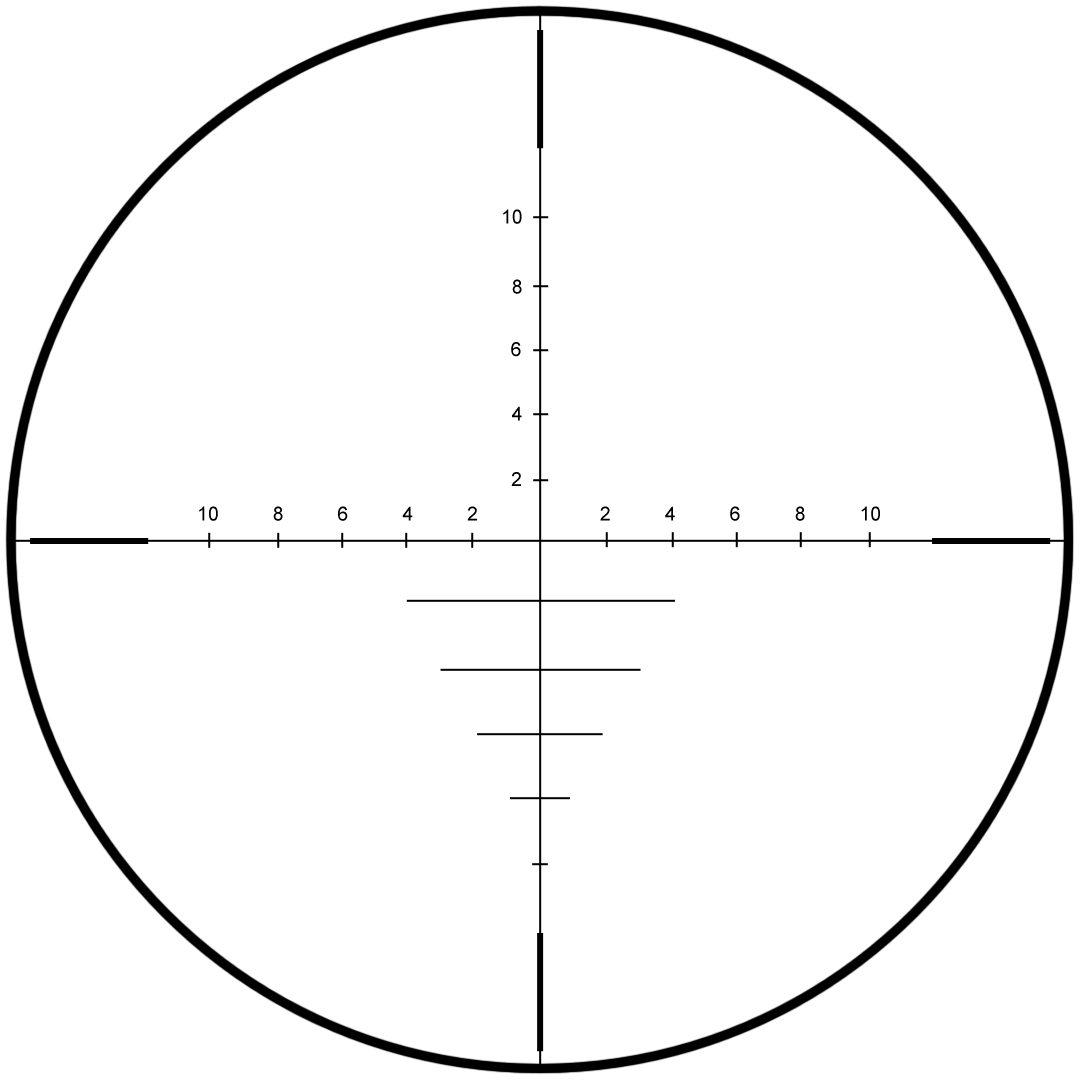
This time around, the movements have been more furtive, often taking place at night. The flare-up in the spring came as Russia made aggressive moves out in the open, often in daytime hours. The United States and its European allies are at a disadvantage: Putin’s inner circle is tight, and Western intelligence probably has not penetrated it, so even the best Russia hands are guessing at the strongman’s plans.īut it is safe to say that something has changed since April. No one looking at only open-source information can answer these questions definitively, and even those with access to secret intelligence cannot predict Russian President Vladimir Putin’s behavior. Will it withdraw as it did in April? Or is Russia planning something more ominous this time around? As Blinken put it: “ We don’t have clarity into Moscow’s intentions, but we do know its playbook.” No Western observer really knows why Russia has boosted its troop movements on the border. The situation feels familiar, yet it is not clear which direction Russia will go. Secretary of State Antony Blinken said earlier this month, referring to Russia’s 2014 invasion and annexation of Crimea. “Our concern is that Russia may make the serious mistake of attempting to rehash what it undertook back in 2014 when it amassed forces along the border, crossed into sovereign Ukrainian territory, and did so claiming falsely that it was provoked,” U.S. officials have warned that Russia may be about to launch an attack. Roughly 100,000 Russian troop have gathered at the border, along with tanks and artillery systems. Then, Russia withdrew most of its forces, claiming they had completed a training exercise, and the crisis was averted.įast-forward six months, and the situation has once again turned dire. India faces environmental destruction, Russians are seeing human rights be eroded, and in Poland women’s rights are under attack.This past spring, Russia amassed 100,000 troops and a host of military equipment near the Ukrainian border in a transparent bid to threaten Kyiv it seemed that an invasion might be imminent.


Image: Anna Ogorodnik/AP/picture allianceĪre we experiencing a full-on global assault on civil society? What happens when the driving force of democracy - the people themselves - is silenced? How can we counter this development? Film director Sebastian Weis investigates these question, relating the situations in India, Russia, and Poland chapter by chapter, with each country representing an overarching issue. Beyond authoritarian wielders of power, democratic governments are increasingly clamping down on independent and critical players, too. The root causes are wide-ranging, but it all boils down to rulers’ desire to remain in power and protect their economic interests. In the past few years, certain countries have passed over 60 laws specifically aiming to systematically impede NGOs’ work or completely put an end to it. The methods of choice are defamation campaigns, repression, and criminalization. These governments are increasingly targeting NGOs and other players in civil society that demand democracy and assert human rights or protest about social grievances and environmental destruction.

However, regimes aren’t stopping at attacking and imprisoning activists - they go as far as criminalizing entire groups and freezing their funds. When populists and autocrats wield power, the first victims are civil liberties. "In the Crosshairs of the State" documents this worldwide phenomenon using the examples of India, Russia, and Poland and shows how civil society is being repressed, and what impact this can have on the future of democracy. The resurgence of authoritarianism is impacting countries across the globe, no matter what their form of government. Image: Amarjeet Kumar Singh/ZUMAPRESS/picture alliance


 0 kommentar(er)
0 kommentar(er)
